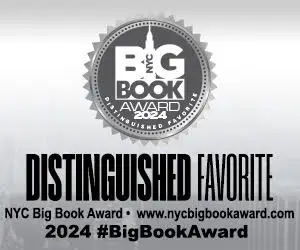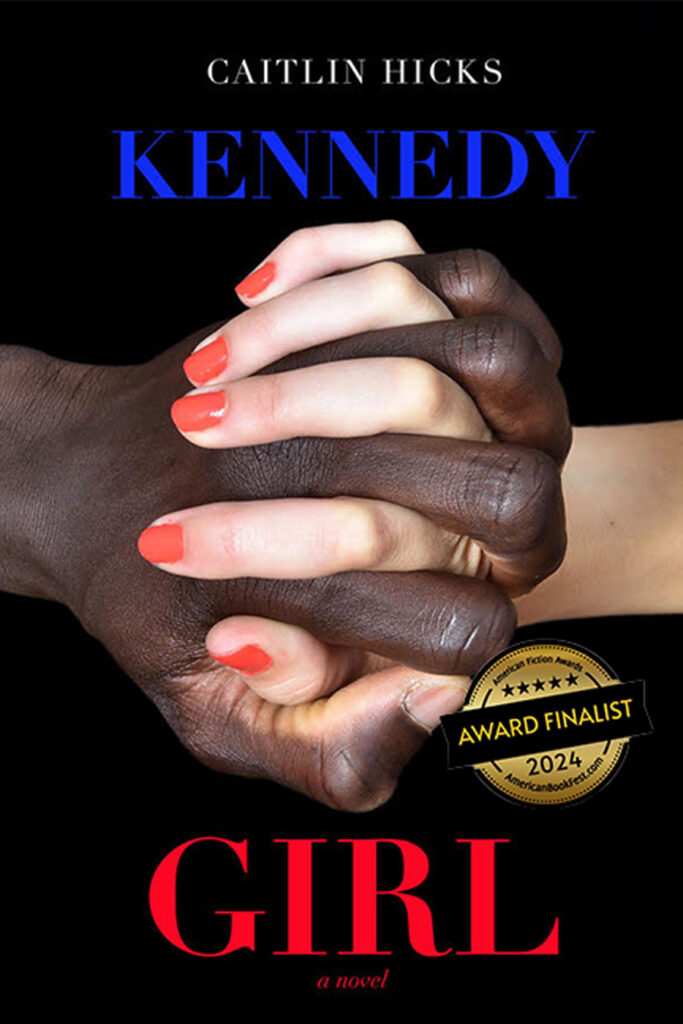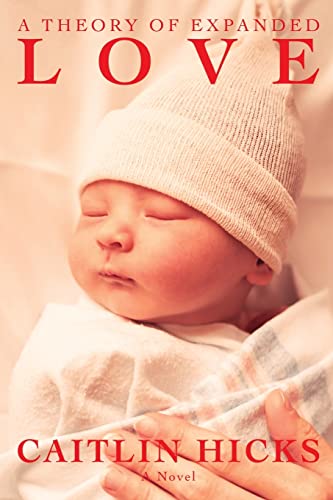A haiku is a non-rhymed verse genre. ‘Haiku” means “playful verse.
THE HAIKU is one of the most well-known and challenging poetic forms. It creates a world in three lines of set metrical lengths: five syllables, seven syllables, five syllables.
The following by Japanese poet Murakami Kijo (1865–1938) provides an example:
First autumn morning:
the mirror I stare into
shows my father’s face.
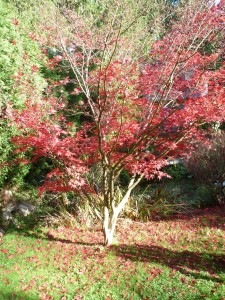 In Japanese, haiku has five sounds in the first part, seven in the second, and five again in the last part (they count sounds, not strictly syllables, however, and also write in a single vertical line, but we use three horizontal lines in English). A haiku should contain a “kigo” (season word) and employ the equivalent to a “kireji” (cutting word), which means that the poem should present two juxtaposed parts in three lines. In addition, haiku should use objective sensory images, and avoid subjective commentary.
In Japanese, haiku has five sounds in the first part, seven in the second, and five again in the last part (they count sounds, not strictly syllables, however, and also write in a single vertical line, but we use three horizontal lines in English). A haiku should contain a “kigo” (season word) and employ the equivalent to a “kireji” (cutting word), which means that the poem should present two juxtaposed parts in three lines. In addition, haiku should use objective sensory images, and avoid subjective commentary.
Fall – here’s our Japanese Maple after the wind storm.
Winter usually makes us think of cold, sadness, hunger, tranquility or peace. Ideas about winter can be invited with words like “snow,” “ice,” “leafless,” etc
Send a haiku, or any other short poem to our WINTER SOLSTICE SHORT POETRY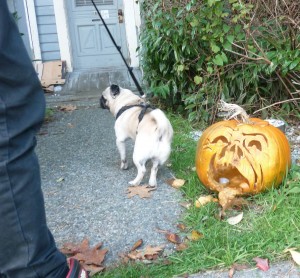 CONTEST, sponsored by the non-profit Ice Painting Project Society. Open to anyone, anywhere. Themes in your poem should include ice and/ or the light at the winter solstice.
CONTEST, sponsored by the non-profit Ice Painting Project Society. Open to anyone, anywhere. Themes in your poem should include ice and/ or the light at the winter solstice.
Send your poem and $5 entry fee to: Ice Painting Project Society, General Delivery, Roberts Creek, B.C. V0N 2W0 Canada. We’ll read it at Dec 18th at Sechelt Arts Centre, and publish it on several websites:
www.wordlinklounge.blogspot.com
www.theicegate.blogspot.com
www.posticegate.blogspot.com
ocwmagazine.ca
twitter.com/ocwmagazine
facebook.com/ocwmagazine.ca
http://www.facebook.com/event.php?eid=127437590646100
(go to this above site on Facebook for more info on the contest!)
